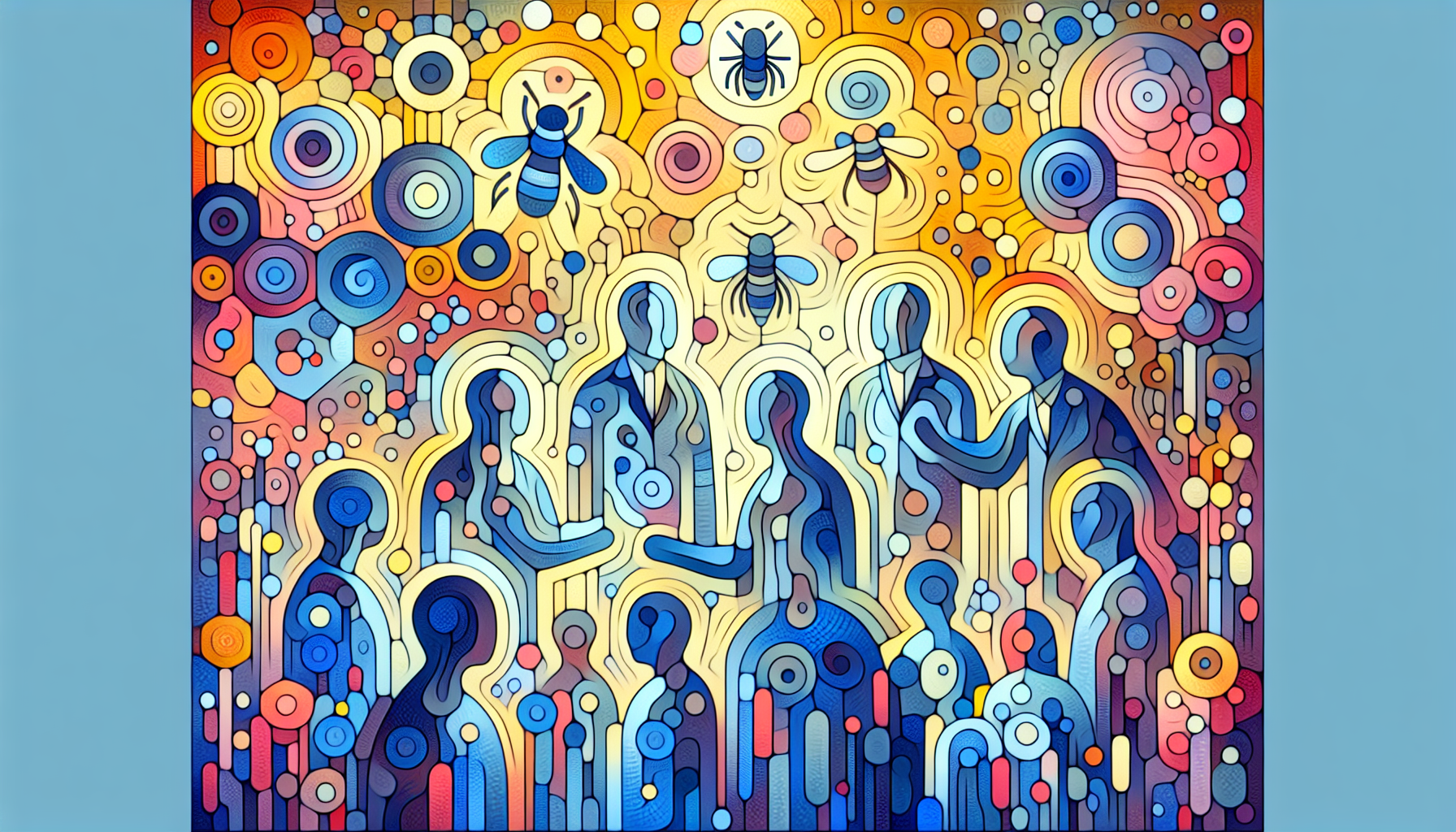Does Gabapentin Help with Sciatica?
Sciatica can cause sharp pain that shoots down your leg, making simple tasks hard. Many people wonder if gabapentin, a common medication, can ease this pain. This article [...]
Read More
Medically reviewed by Abhijit Bhattacharyya | MD, PhD, MBA, Tufts University School of Medicine - Miami, Florida on August 31st, 2023.
Hives, also known as urticaria, are itchy welts that can appear anywhere on your skin. They are often caused by an allergic reaction, stress, or viral infections. If you experience hives, it's essential to understand the symptoms, causes, and treatment options to effectively manage this common skin condition.
When you have an outbreak of hives, you may notice the following symptoms:
Raised, skin-colored, or reddish welts of varying sizes on the skin
Intense itching, often more severe at night
Welts that appear and disappear over minutes or hours
If your hives last for more than 6 weeks or keep coming back, they are considered chronic urticaria and require further evaluation by a healthcare professional.
Angioedema is another reaction that sometimes occurs alongside hives. It is characterized by swelling under the skin, often affecting the eyes, lips, and occasionally the genitals, hands, and feet. In rare cases, angioedema can cause swelling in the throat, leading to difficulty breathing. If this happens, use an epinephrine auto-injector if prescribed and seek immediate medical attention.

Hives develop when skin cells release histamine, triggering an allergic reaction. Common triggers for hives include:
Foods like milk, fish, or nuts
Medications such as aspirin or penicillin
Food additives, including flavorings and preservatives
Insect bites
Extreme temperatures (hot or cold)
Pressure on the skin
Viral infections
Skin contact with allergens
The most effective way to treat hives is to identify and avoid the trigger. Additionally, you can take antihistamines to alleviate symptoms. If over-the-counter medications don't provide relief or your hives persist, consult your doctor. They may prescribe steroid pills or stronger antihistamines.
To manage hives at home, try the following tips:
Apply cool compresses or wet cloths to the affected areas
Work and sleep in a cool room
Wear loose-fitting, lightweight clothing
If you experience hives along with fever, nausea, stomach cramps, shortness of breath, and a drop in blood pressure after a bee sting, insect bite, or drug injection, it may indicate a life-threatening allergy. Always carry two epinephrine auto-injectors if prescribed, use one as directed, and seek emergency medical care.
For more information on hives and their management, consult the following reputable sources:
Sciatica can cause sharp pain that shoots down your leg, making simple tasks hard. Many people wonder if gabapentin, a common medication, can ease this pain. This article [...]
Read MoreBack pain is one of the most common health complaints, affecting millions of people worldwide. If you have back pain, you might have heard about gabapentin as a possible [...]
Read MoreIf you take gabapentin, you might wonder if it will show up on a drug test. This question matters for many people, whether it’s for work, sports, or legal reasons. Gabapentin [...]
Read More